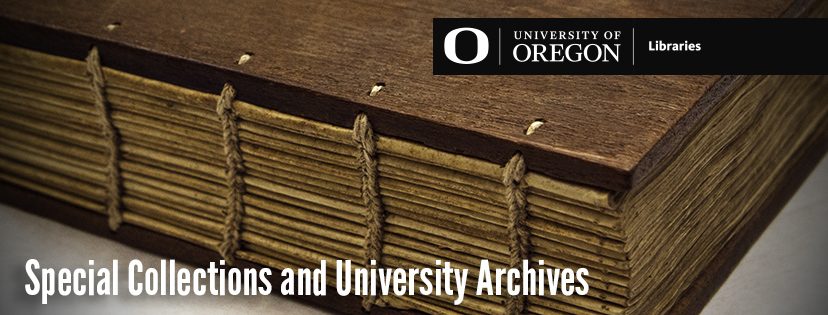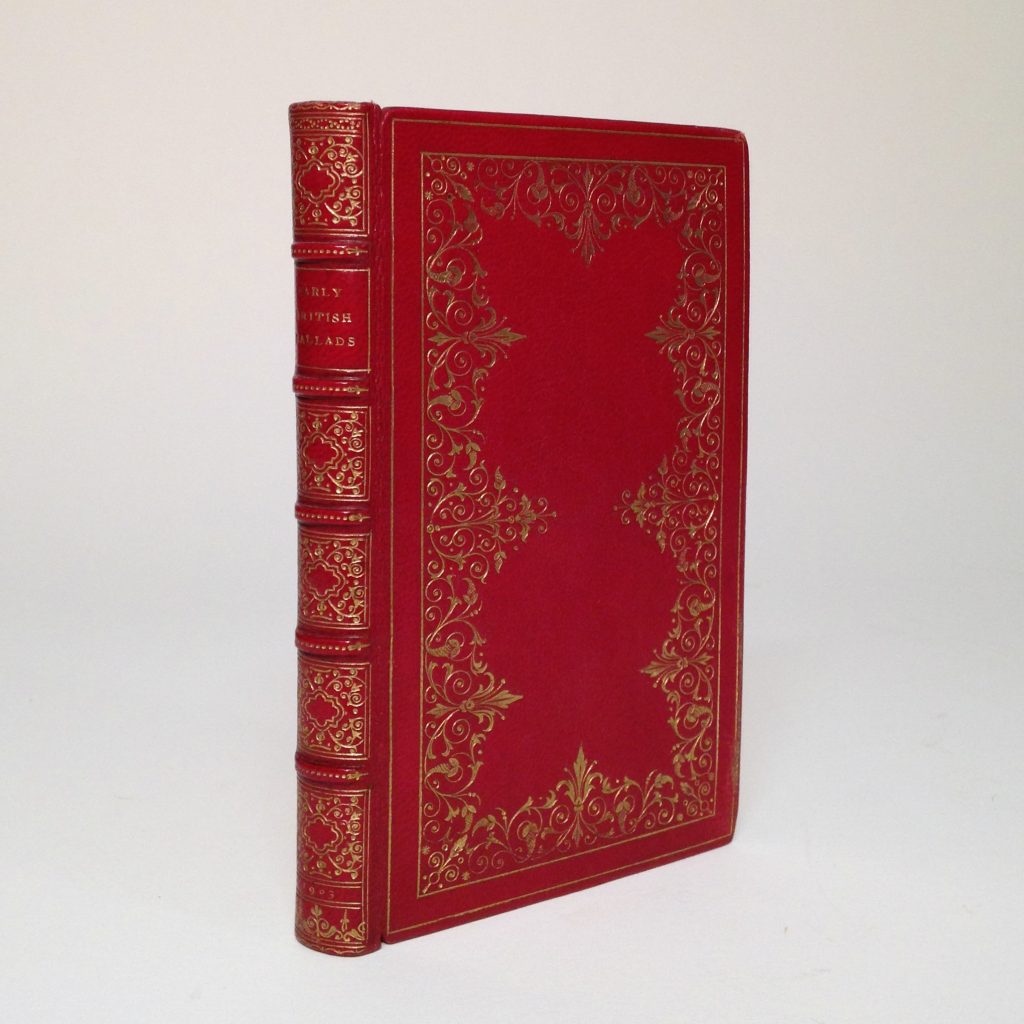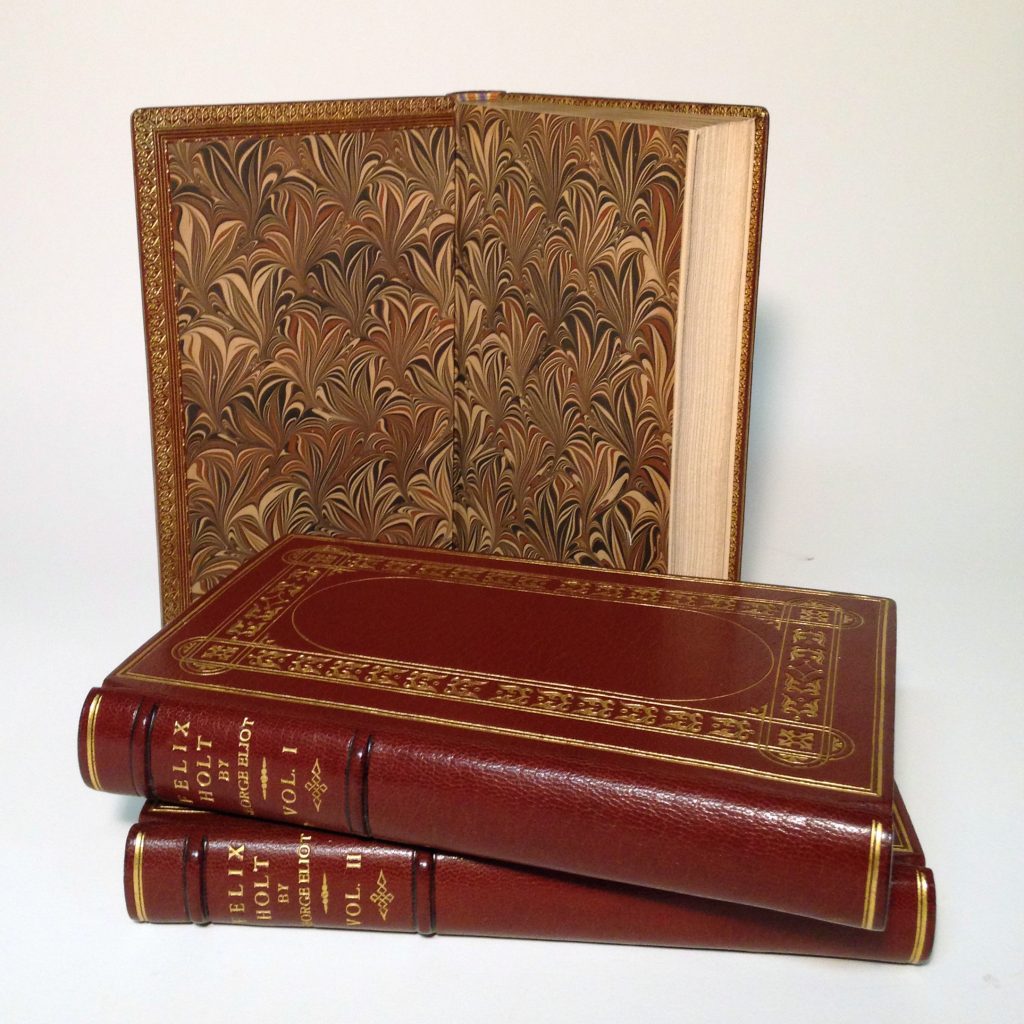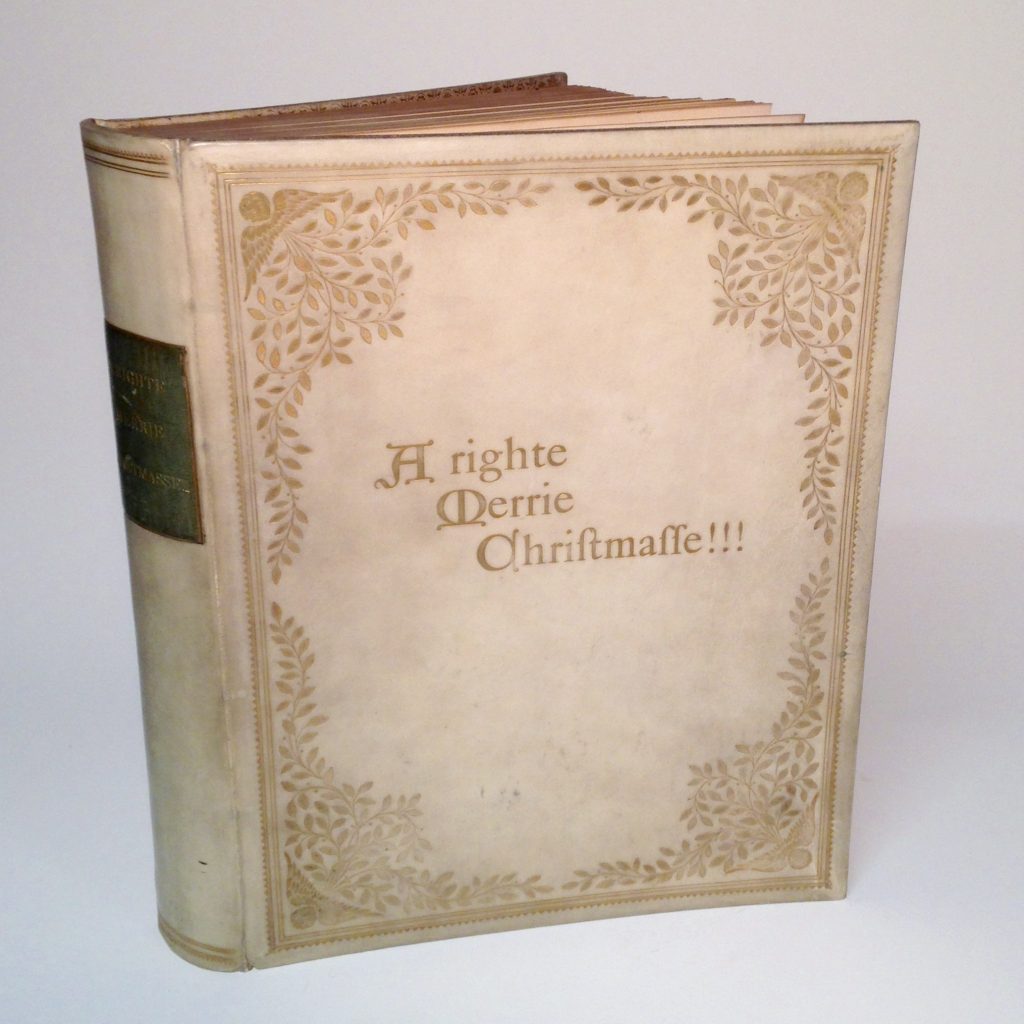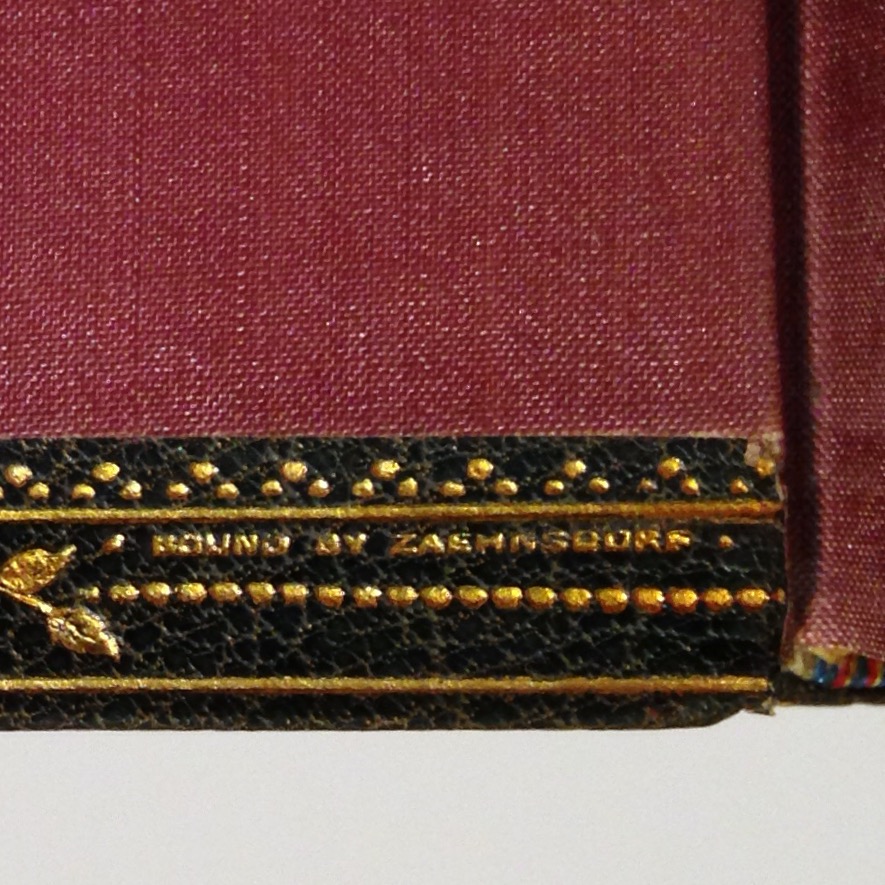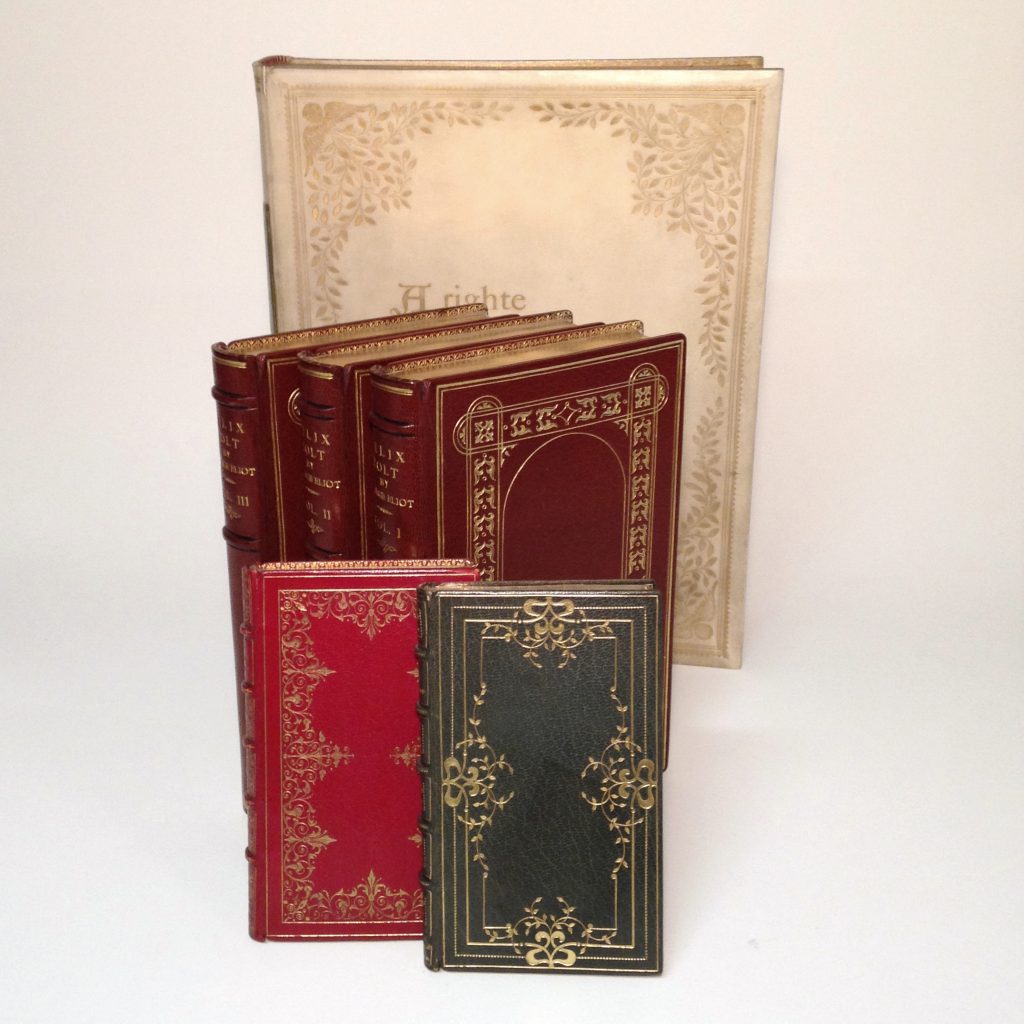Books as Art: Exploring Rare Zaehnsdorf Bindings
Established circa 1842 by Jospeh Zaehnsdorf, the Zaehnsdorf Bindery operated under the control of the Zaehnsdorf family until 1947, in that time producing some of the finest examples of bookbinding in London. Austria-Hungarin born Joseph Zaehnsdorf worked in binderies in Stuttgart and Vienna, before arriving in London, where he gained a prestigious position with James Mackenzie, Bookbinder to the King. In 1842 Zaehnsdorf opened his own shop, which by the 1860s was regarded as one of the finest in London, alongside the celebrated firm of Robert Riviere.
When Zaehnsdorf passed away in 1886, he left the business to his son, Joseph William, himself an accomplished binder and author of The Art of Bookbinding: A Practical Treatise–a manual of critical importance to students of bookbinding. Jo seph William elaborated the concerns of the firm to include bookbinding courses and also opened a showroom. The bindery continued to produce spectacular work, and its acclaim only increased under his tenure. Around the turn of the century, the firm was appointed as bookbinders and booksellers to Edward VII and George V.
In 1920, Joseph William retired, leaving his son, Ernest to run the business. Like his father, Ernest also expanded the interests of the firm, this time to include book conservation. In 1947, the business was sold, and passed through a number of hands until 1998 when it was combined with another renowned London bookbinding firm, Sangorski & Sutcliffe, under the umbrella of Shepherds Bookbinders.
UO’s Special Collections has a handful of Zaehnsdorf bindings, representative of the firm’s more austere and refined output. A Dante Treasury and Early British Ballads (both 1903) reside in the Bishop William A. Quayle Book Collection, which includes Quayle’s library of 500 titles illustrating the history of printing and the printed book. John Ashton’s A Righte Merrie Christmasse!!! (1895) is from the Pauline Potter Homer Collection of Beautiful Books, a collection of approximately 1000 volumes demonstrative of various facets of beauty in the printed book. George Eliot’s Felix Holt the Radical (1866) is a recently acquired addition to the University’s general rare book collections.
- Early British Ballads. London: Gay and Bird, 1903.
- George Eliot’s Felix Holt the Radical. Edinburgh and London, William Blackwood and Sons, 1866.
- John Ashton’s A Righte Merrie Christmasse!!! London: Leadenhall Press; Simpkin, Marshall, Hamilton, Kent & Co. New York: Charles Scribner’s Sons, approximately 1895.
- Spines: A Dante Treasurey. London: Gay and Bird, 1903 and Early British Ballads. London: Gay and Bird, 1903.
- “Bound by Zaehnsdorf” stamped on turn-in of: A Dante Treasurey. London: Gay and Bird, 1903.
- A Dante Treasurey. London: Gay and Bird, 1903.
- Zaehnsdorf bindings in Special Collections.
By Ryan Hildebrand, Authorities and Special Collections Cataloging Librarian
